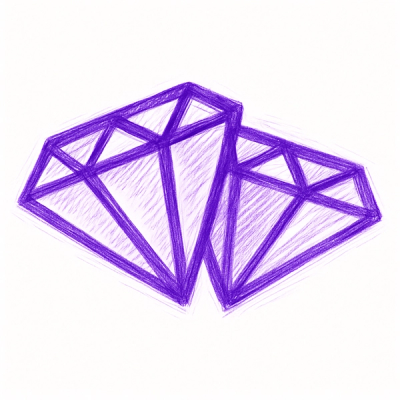
Research
Malicious npm Packages Impersonate Flashbots SDKs, Targeting Ethereum Wallet Credentials
Four npm packages disguised as cryptographic tools steal developer credentials and send them to attacker-controlled Telegram infrastructure.
JSOG (JavaScript Object Graph) is a simple convention which allows arbitrary object graphs to be represented in JSON. It allows a large, complicated, cyclic object graph to be seriazlied and deserialized to and from JSON.
JSOG (JavaScript Object Graph) is a simple convention which allows arbitrary object graphs to be represented in JSON. It allows a large, complicated, cyclic object graph to be seriazlied and deserialized to and from JSON.
JSON is widely used as a data interchange format, however, it is limited:
For example:
[
{
"name": "Sally",
"secretSanta": {...Bob...}
},
{
"name": "Bob",
"secretSanta": {...Fred...}
},
{
"name": "Fred",
"secretSanta": {...Sally...}
}
]
This graph has cycles. Your database can represent these relationships just fine and your ORM can pull the object graph (with references) into memory, but you cannot directly serialize to a JSON structure without stack overflow errors.
JSOG is a standard way to represent object graphs.
This is the JSOG representation of the aforementioned graph:
[
{
"@id": "1",
"name": "Sally",
"secretSanta": {
"@id": "2",
"name": "Bob",
"secretSanta": {
"@id": "3",
"name": "Fred",
"secretSanta": { "@ref": "1" }
}
}
},
{ "@ref": "2" },
{ "@ref": "3" }
]
Each time a new object is encountered, give it a unique string @id. Each time a repeated object is encountered, serialize as a @ref to the existing @id.
Track the @id of every object deserialized. When a @ref is encountered, replace it with the object referenced.
JSOG is designed to be easily implemented across platforms. Look at the existing implementations; most are a couple dozen lines of code.
The github project which contains this README includes a JavaScript implementation of JSOG. It can be used to convert between a cyclic object graph and JSOG strings:
string = JSOG.stringify(cyclicGraph);
cyclicGraph = JSOG.parse(string);
Or it can be used to convert between object graphs directly:
jsogStructure = JSOG.encode(cyclicGraph); // has { '@ref': 'ID' } links instead of cycles
cyclicGraph = JSOG.decode(jsogStructure);
Please contact us about other implementations so they can be linked here.
The authors are:
This specification and software are provided under the MIT license
FAQs
JSOG (JavaScript Object Graph) is a simple convention which allows arbitrary object graphs to be represented in JSON. It allows a large, complicated, cyclic object graph to be seriazlied and deserialized to and from JSON.
The npm package jsog receives a total of 3,676 weekly downloads. As such, jsog popularity was classified as popular.
We found that jsog demonstrated a not healthy version release cadence and project activity because the last version was released a year ago. It has 2 open source maintainers collaborating on the project.
Did you know?

Socket for GitHub automatically highlights issues in each pull request and monitors the health of all your open source dependencies. Discover the contents of your packages and block harmful activity before you install or update your dependencies.

Research
Four npm packages disguised as cryptographic tools steal developer credentials and send them to attacker-controlled Telegram infrastructure.

Security News
Ruby maintainers from Bundler and rbenv teams are building rv to bring Python uv's speed and unified tooling approach to Ruby development.

Security News
Following last week’s supply chain attack, Nx published findings on the GitHub Actions exploit and moved npm publishing to Trusted Publishers.